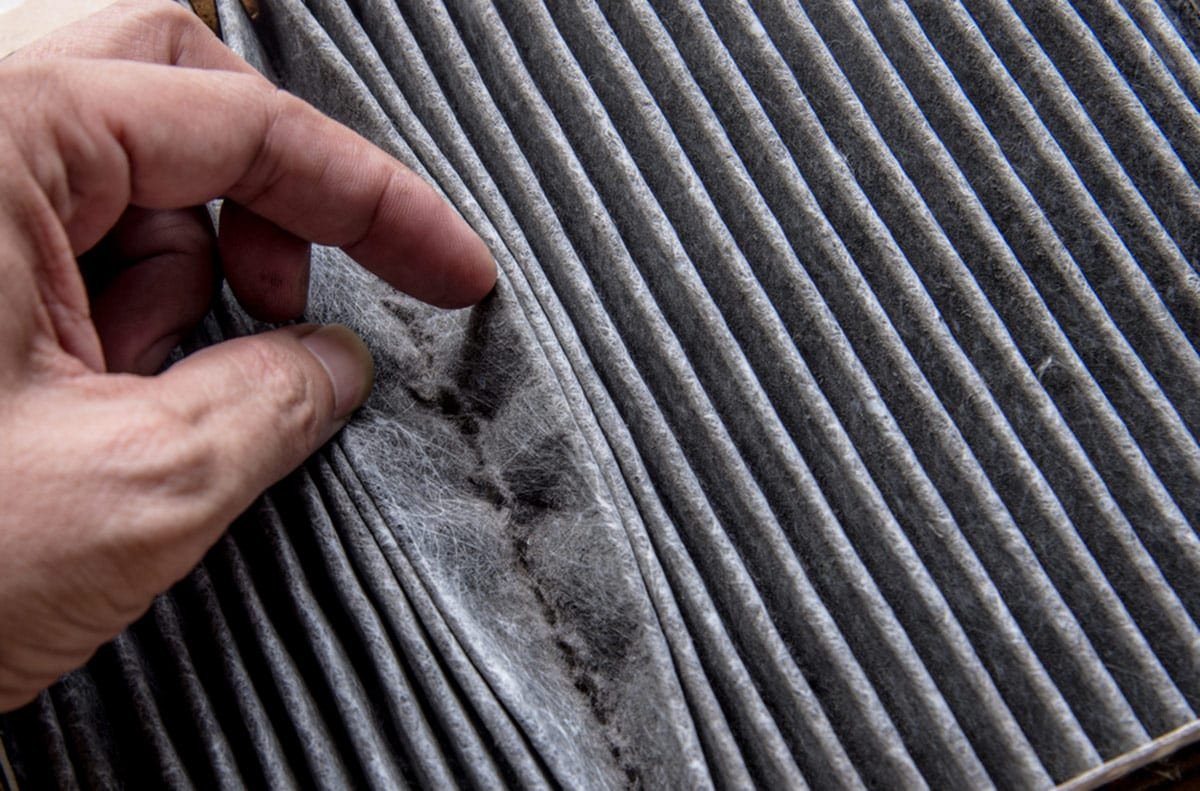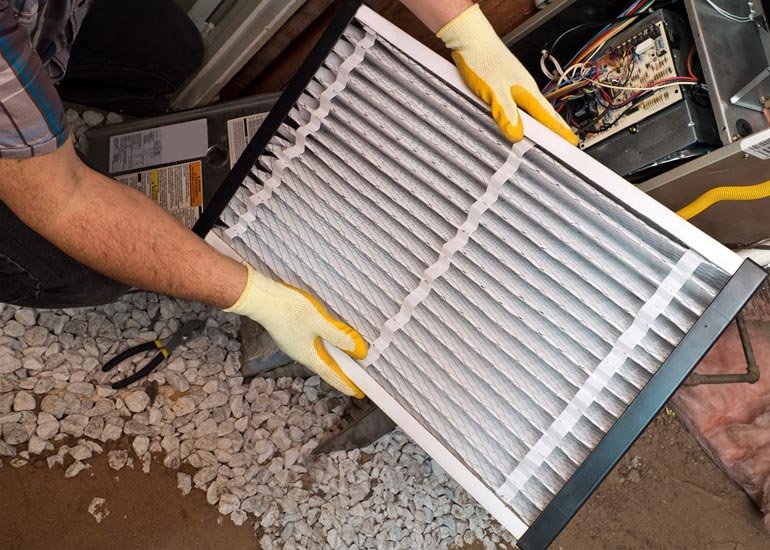The fireplace is one of the must-have features for many homeowners. It serves as a focal point and where families can gather around and share happy moments. The glow of the fire and the crackling sounds of the wood, and the warmth make the house homey, a reason you want to keep it in tip-top conditions all the time. Outlined below are a few tips and the best wood-burning fireplace maintenance practices.
1. Clean Its Interior
The beauty of having a wood-burning fireplace is the actual fire, flames, and warmth it produces. While these add an aesthetic value, wood burns to produce ash and soot. It would be advisable to remove the ashes and clean the fireplace the very next day once it is cool.
You can use the ashes in your garden as they are rich in soil nutrients. Removing the ashes also creates space for fresh wood to be placed, ready for use when needed. Be sure to wear a dust mask while cleaning the fireplace.
2. Install Smoke and Carbon Monoxide Alarms
Although an invaluable feature, a wood-burning fireplace can be a potential source of health hazards. For this reason, the fireplace should be installed correctly; by a professional. Nonetheless, inadequate air supply due to a clogged vent system or chimney can cause carbon monoxide poisoning.
Carbon monoxide is relatively hard to detect as it is colourless and odourless. A partially blocked duct or wet wood will cause the fireplace to produce smoke. One way to avoid smoke from the fireplace is to ensure the chimney and air vents aren’t blocked and properly functioning. You might also want to install a carbon monoxide detector.
3. Remove Soot and Creosote Buildup
Soot and creosote may be unavoidable in wood-burning fireplaces, particularly if your wood hasn’t dried properly. Creosote mainly forms on the inner sides of the chimney and is highly flammable. Extended use of the fireplace will thus see creosote building up and obstructing the duct and increasing the fire risk. Burning wood will produce some soot, some of which sticks to the insides of the chimney. Make a habit of cleaning the vent of these byproducts or hiring a professional to do it every few months.
4. Check The Chimney (And Its Cap)
The chimney is a vital part of the fireplace. It acts as the exhaust system and a spark arrester and should be kept in good condition. It is, therefore, good practice to check for dents, cracks, rust, or a missing cap on the chimney. The chimney cap keeps water, birds, and most other elements out. It also features a screen for preventing materials and even animals from accessing the house through the chimney. Check all these and have any issues fixed. A rusted chimney could indicate a bigger problem, hence should be inspected professionally.
5. Use The Correct/Recommended Wood
If possible, stick to the recommended woods for your fireplace. Any wood in your fireplace should be completely dry with less than 20% moisture. It would also be advisable to stick to seasoned hardwoods since they burn for longer and produce more compared to softwoods. Birch, maple, and oaks are examples of hardwoods. Avoid pine and cedar, among other softwoods, as these have lots of creosote. Ask your supplier for seasoned hardwood instead or even make a pre-order.
6. Always Test the Fireplace First Before Using It
If your fireplace has been sitting idle for a few months but wishes to use it soon, it would be advisable to test it first. Light a few pieces of wood to see if everything works as it should, especially the chimney. Should soot blow all over, then chances are it is blocked and needs cleaning. Too much creosote, obstructed chimney duct, a closed damper, soot buildup, or wet wood are some of the known culprits.
7. Install A Heat Proof Glass Door and Blower
A heatproof glass door can come in handy if/when looking to make the fireplace child and pet safe. The glass door helps prevent embers and sparks from getting into the room and prevents children from getting too close to the open fire. Cleaning the heatproof glass is relatively easy. It would be best to have a paper towel or damp newspaper to wipe any buildup and soot off. You could also improve the fireplace’s efficiency and heat dissipation by installing a fan or blower over it.
Troubleshoot And Fix Issues as They Arise
The best way to keep your fireplace working for many years is to always be on the lookout for problems and fix them as they arise. Something as simple as a tiny crack in the mortar around the chimney could signify a more significant underlying issue; hence you should check it out immediately. It is easier and cheaper to fix a problem in its early stages than after it has exploded. The most commonly known issues of a wood-burning fireplace include:
- Smoke is not releasing up the chimney but filling the room instead.
- White stain on chimney bricks (efflorescence) signifies uncontrolled moisture due to a leak, which could damage the chimney and even lead to mould infestation.
- Spalling bricks signifies that the masonry is already old and urgently needs resealing.
Fireplace Safety Precautions
Owning a fireplace comes with several responsibilities. Safety is one of them. You not only need to ensure everyone is safe when the fireplace is in use but as well as when running routine maintenance. Here are a few tips to help you stay safe.
- Only use a fireproof rug around the fireplace. Keep away all fabric or combustible furniture and carpets from the hearth.
- Always use the right tools when cleaning the fireplace. Using crooked tools could damage the fireplace or lead to injuries.
- Always put out the fire before retiring to bed or going out of the house. Leaving the fire unattended only increases potential risks.
Have An Expert Do a Chimney Sweep
Having a fireplace installed is one thing; keeping it in the best working condition is another. While cleaning the fireplace itself is relatively easy, you might want to call for a professional chimney sweep at least once annually. However, it would be advisable to call an expert if you notice creosote building up faster than it should, among other signs of trouble. Another reason you should consider calling for a professional inspection every year is that other issues can go undetected by an untrained eye.
Summary: Wood-Burning Fireplace Maintenance
A wood-burning fireplace is an exceptional addition to the house. It is aesthetically appealing and improves your home’s functionality and value. By taking proper care of your fireplace, it will serve its purpose well and last for many years. Servicing it frequently also reduces any safety risks to your family, allowing you much-needed peace of mind.









